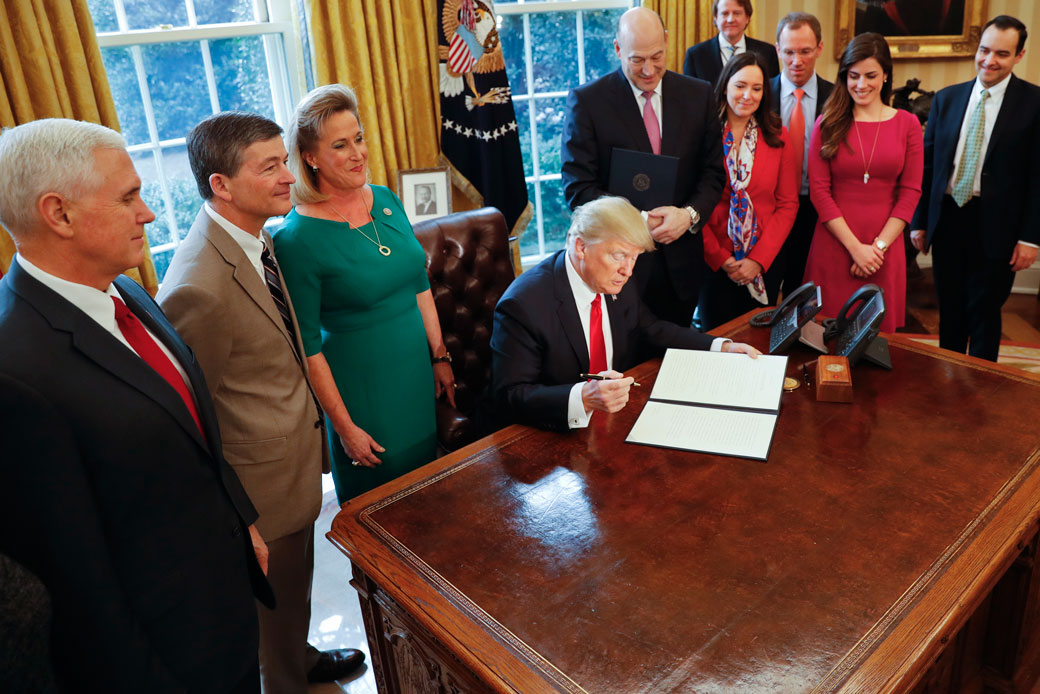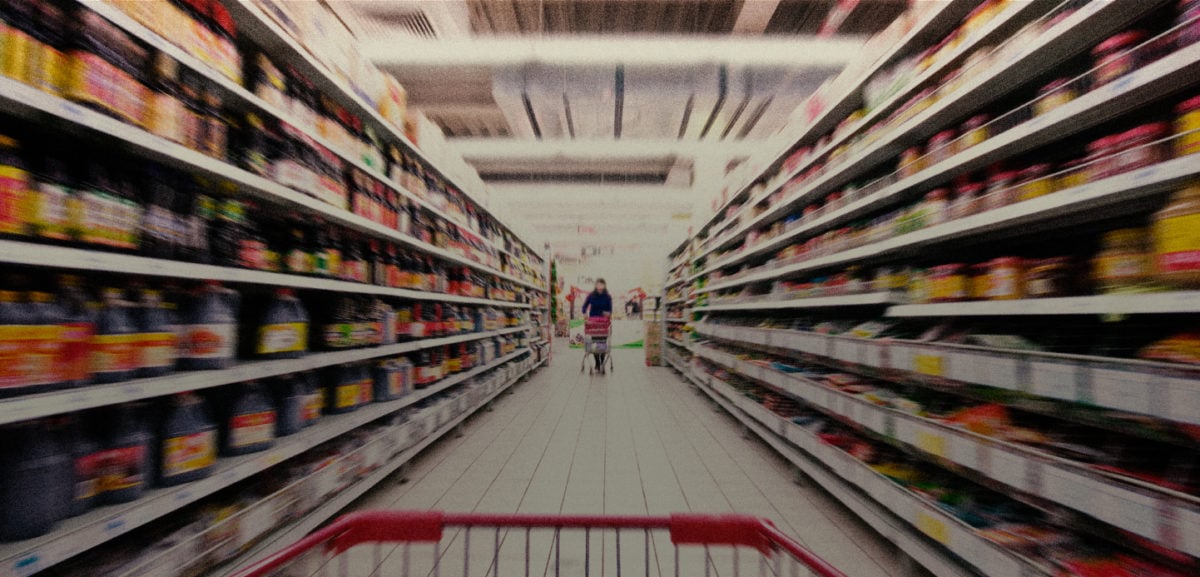
Release: NSAC Welcomes Pragmatic Senate Proposal as a Concrete Step Toward a Bipartisan Farm Bill Reauthorization
Washington, DC, May 1, 2024 – Today, the National Sustainable Agriculture Coalition (NSAC) applauded the renewed momentum toward a bipartisan farm bill reauthorization prompted by the Senate Agriculture Committee Chairwoman Debbie Stabenow’s (D-MI) release of a detailed section-by-section description of its farm bill reauthorization proposal. The Rural Prosperity and Food Security Act framework charts a path for completing a farm bill this year.
Conservation, Research, and Climate
- Commits to reinvesting Inflation Reduction Act funding into four critical working lands conservation programs, and permanently improving those programs’ and farmers’ ability to address the climate crisis.
- Provides improved support for farmers addressing climate change through support for building perenniality into their operations, improving soil health, protecting water quality, operating organic systems, and building upon their conservation efforts over time.
- Delivers increased support for small and mid-sized farms, leading to improved access to working lands programs for more diverse operations.
- Authorizes the US Department of Agriculture (USDA) Climate Hubs and establishes an Organic Agriculture Research Coordinator, important steps forward in furthering research at the intersection of agriculture and climate change.
- Protects and maintains the farmer-driven Sustainable Agriculture Research and Education (SARE) program.
- Increases investments in 1890 land-grant institutions, including mandatory funding for the 1890’s Scholarship Program and four new 1890’s Centers of Excellence.
Local and Regional Food Systems
- Sustains investments in local meat processing which expands processing options for farmers by providing food safety resources, meat processing workforce development funding, and expansion grants for meat processors themselves.
- Continues support for the Food Safety Outreach Program, a critical program in light of forthcoming food safety rules, which will demand further outreach to underserved farming communities.
- Permanently authorizes the Local Food Purchase Assistance Cooperative Agreement program with a combination of mandatory and discretionary funding to purchase agricultural products from underserved producers nationwide. The program will continue to offer a funding set-aside for Tribal communities.
- Enhances access for under-resourced organizations and underserved farmers to proven, effective and impactful local food programs by removing match requirements for Farmers Market and Local Food Promotion Grants and Value-Added Producer Grants.
- Improves access to local foods using SNAP benefits, through investments in the Gus Schumacher Nutrition Incentive Programs and the Senior Farmers Market Nutrition Program, as well as simplifying vendor applications for farmers and farmers markets.
- Builds upon the popular Food Supply Chain Guarantee Program while expanding it to also include grants for essential employee training, food safety training and certification.
- Offers much needed support for urban agriculture and innovative producers through mandatory funding and the ability to scale and reply to program demand through increased discretionary funding. The proposal also invests in community partnerships that have experience serving urban and underserved producers while providing tweaks to ensure that urban and small-scale agriculture is better served by the Office.
Farm Safety Net and Fair Competition
- Removes barriers to access existing farm safety net programs for beginning, small to mid-sized, and diversified farmers with needed improvements to Whole-Farm Revenue Protection and the Noninsured Crop Disaster Assistance Program, in addition to new pathways to coverage and discounts for beginning and veteran producers.
- Authorizes USDA to consider premium discounts tied to the voluntary adoption of certain conservation practices, expands sodsaver nationwide, and directs the Federal Crop Insurance Corporation to consider crop genetics and worsening weather in a more regular review of risk-rating metrics.
- Strengthens the means test for commodity program payment eligibility from $900,000 to $700,000 so more taxpayer dollars benefit farmers, not millionaires.
- Expands farmers’ ability to access credit from USDA by removing the seven-year graduation requirement, restores loan eligibility to farmers who have previously received forgiveness, and increases limits of direct operating, farm ownership, and micro loans.
- Reauthorizes and sustains mandatory funding for the Farming Opportunities Training and Outreach program, which houses USDA’s flagship training and technical assistance programs for historically underserved producers.
- Provides critical safeguards, investigatory power, and research needed to combat the continued consolidation of livestock and poultry markets by creating the Office of the Special Investigator for Competition Matters.
- Takes steps toward advancing solutions for workers in order to create a more truly sustainable food system.
The National Sustainable Agriculture Coalition (NSAC) is a grassroots alliance that advocates for federal policy reform supporting the long-term social, economic, and environmental sustainability of agriculture, natural resources, and rural communities. Learn more and get involved at: https://sustainableagriculture.net
SDGs, Targets, and Indicators
1. Which SDGs are addressed or connected to the issues highlighted in the article?
- SDG 2: Zero Hunger
- SDG 13: Climate Action
- SDG 15: Life on Land
2. What specific targets under those SDGs can be identified based on the article’s content?
- SDG 2.4: By 2030, ensure sustainable food production systems and implement resilient agricultural practices that increase productivity and production, that help maintain ecosystems, that strengthen capacity for adaptation to climate change, extreme weather, drought, flooding, and other disasters, and that progressively improve land and soil quality.
- SDG 13.2: Integrate climate change measures into national policies, strategies, and planning.
- SDG 15.1: By 2020, ensure the conservation, restoration, and sustainable use of terrestrial and inland freshwater ecosystems and their services, in particular forests, wetlands, mountains, and drylands, in line with obligations under international agreements.
3. Are there any indicators mentioned or implied in the article that can be used to measure progress towards the identified targets?
Yes, the article mentions several indicators that can be used to measure progress towards the identified targets:
- Reinvesting Inflation Reduction Act funding into critical working lands conservation programs
- Supporting farmers in addressing climate change through various practices
- Increasing support for small and mid-sized farms
- Authorizing USDA Climate Hubs and establishing an Organic Agriculture Research Coordinator
- Protecting and maintaining the farmer-driven Sustainable Agriculture Research and Education (SARE) program
- Investing in 1890 land-grant institutions
- Sustaining investments in local meat processing
- Continuing support for the Food Safety Outreach Program
- Permanently authorizing the Local Food Purchase Assistance Cooperative Agreement program
- Enhancing access to local foods using SNAP benefits
- Expanding the Food Supply Chain Guarantee Program
- Supporting urban agriculture and innovative producers
- Removing barriers to access existing farm safety net programs
- Strengthening the means test for commodity program payment eligibility
- Expanding farmers’ ability to access credit from USDA
- Creating the Office of the Special Investigator for Competition Matters to combat consolidation in livestock and poultry markets
SDGs, Targets, and Indicators Table
| SDGs | Targets | Indicators |
|---|---|---|
| SDG 2: Zero Hunger | 2.4: By 2030, ensure sustainable food production systems and implement resilient agricultural practices that increase productivity and production, that help maintain ecosystems, that strengthen capacity for adaptation to climate change, extreme weather, drought, flooding, and other disasters, and that progressively improve land and soil quality. | – Reinvesting Inflation Reduction Act funding into critical working lands conservation programs – Supporting farmers in addressing climate change through various practices – Increasing support for small and mid-sized farms – Protecting and maintaining the farmer-driven Sustainable Agriculture Research and Education (SARE) program – Investing in 1890 land-grant institutions |
| SDG 13: Climate Action | 13.2: Integrate climate change measures into national policies, strategies, and planning. | – Authorizing USDA Climate Hubs and establishing an Organic Agriculture Research Coordinator – Supporting farmers in addressing climate change through various practices |
| SDG 15: Life on Land | 15.1: By 2020, ensure the conservation, restoration, and sustainable use of terrestrial and inland freshwater ecosystems and their services, in particular forests, wetlands, mountains, and drylands, in line with obligations under international agreements. | – Protecting and maintaining the farmer-driven Sustainable Agriculture Research and Education (SARE) program – Investing in 1890 land-grant institutions |
Copyright: Dive into this article, curated with care by SDG Investors Inc. Our advanced AI technology searches through vast amounts of data to spotlight how we are all moving forward with the Sustainable Development Goals. While we own the rights to this content, we invite you to share it to help spread knowledge and spark action on the SDGs.
Fuente: sustainableagriculture.net

Join us, as fellow seekers of change, on a transformative journey at https://sdgtalks.ai/welcome, where you can become a member and actively contribute to shaping a brighter future.






